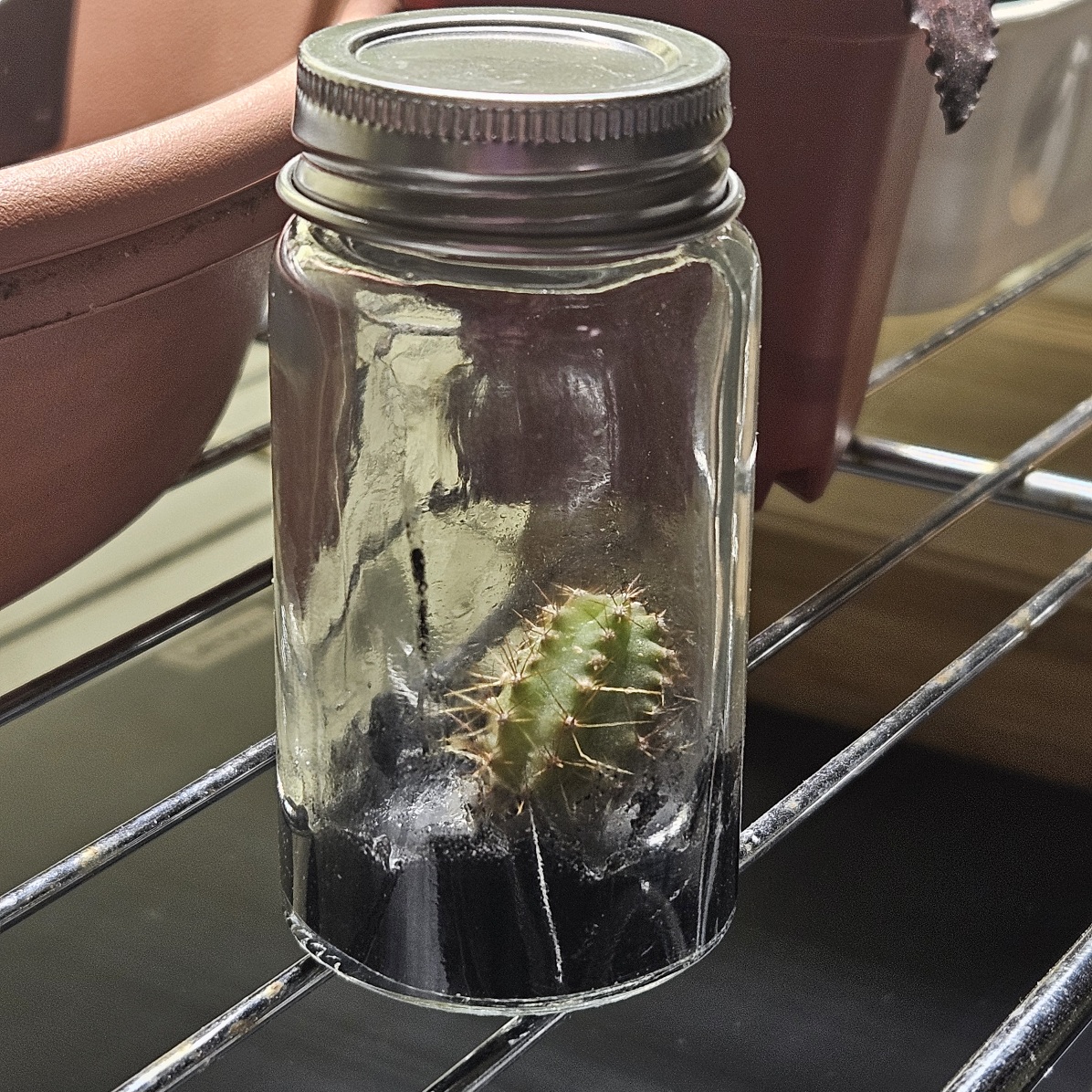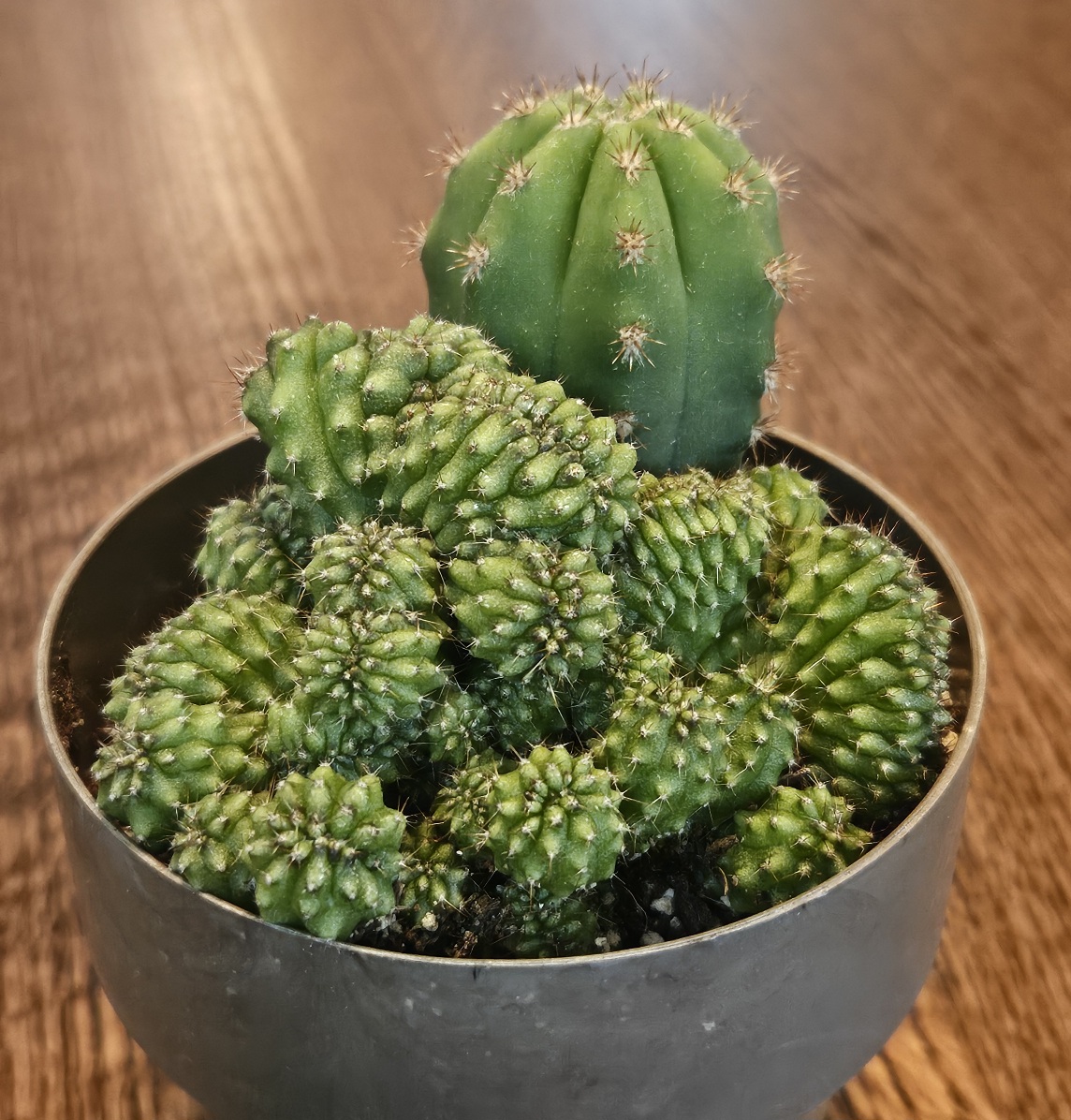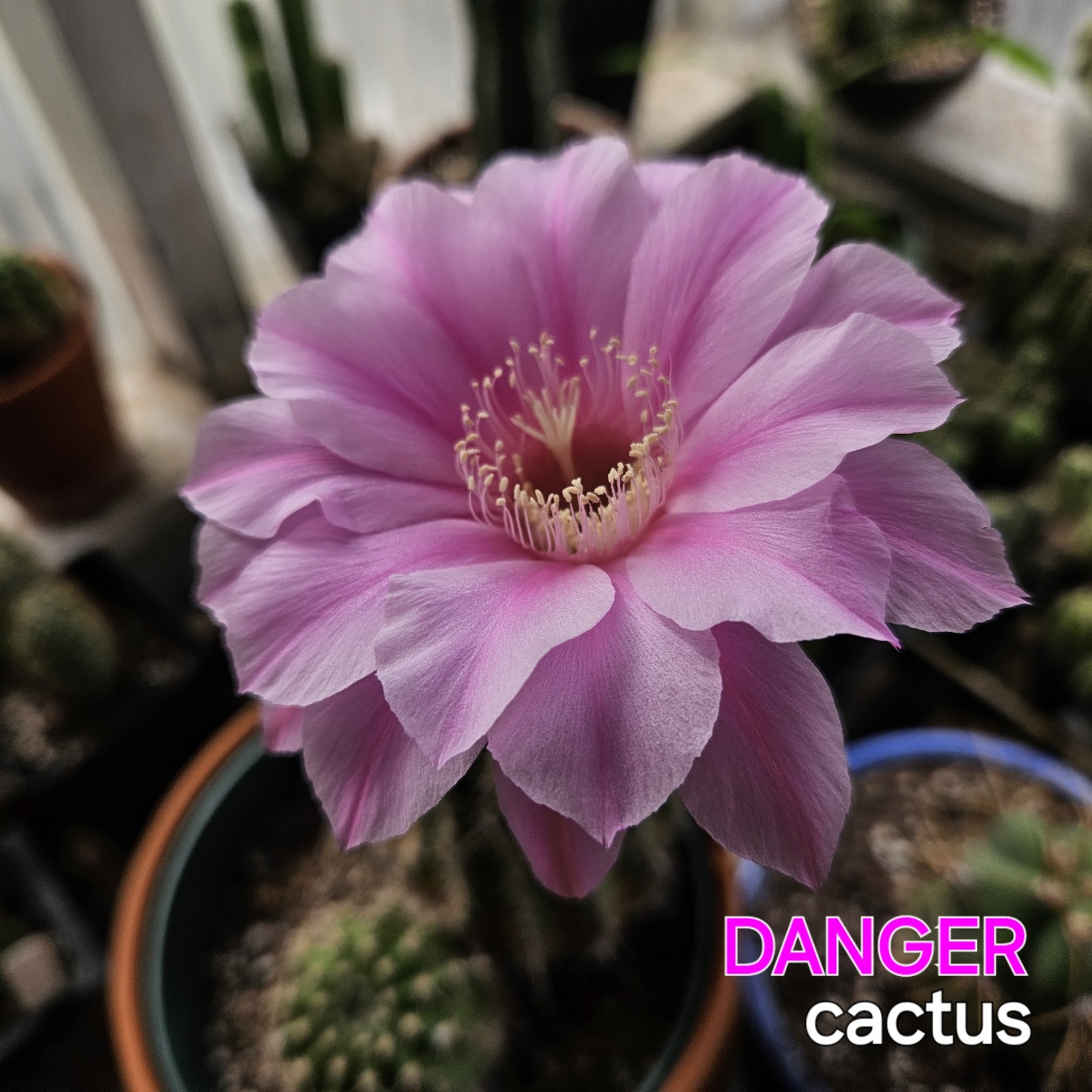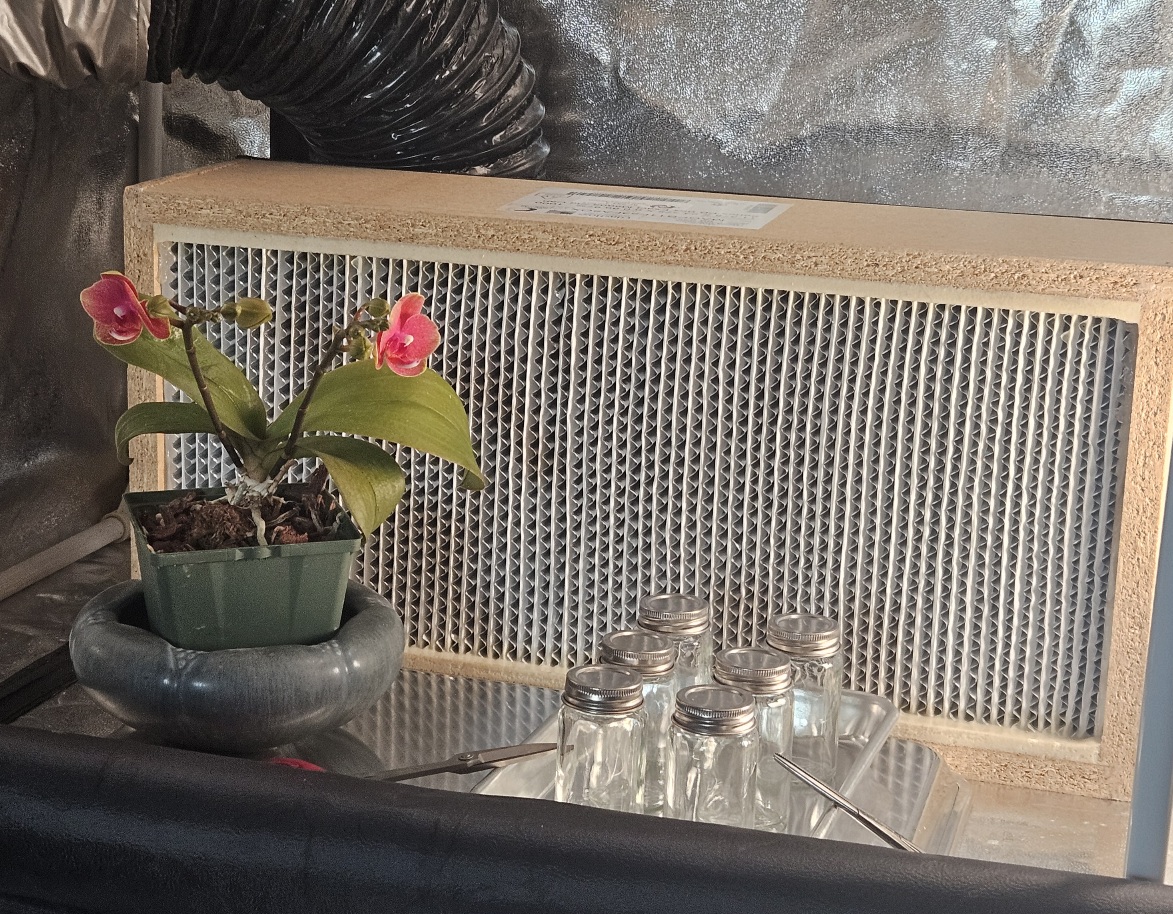Flow movement @ Schuylkill River
Flow movement at the Schuylkill River.
Thursday afternoon movement and juggling under a tree. Come by and say hi.
The location is the river banks by the skate park.
PGR Plant Growth Regulators & Supply Notes
Plant Preservative Mixture (PPM™)
Size 30ML
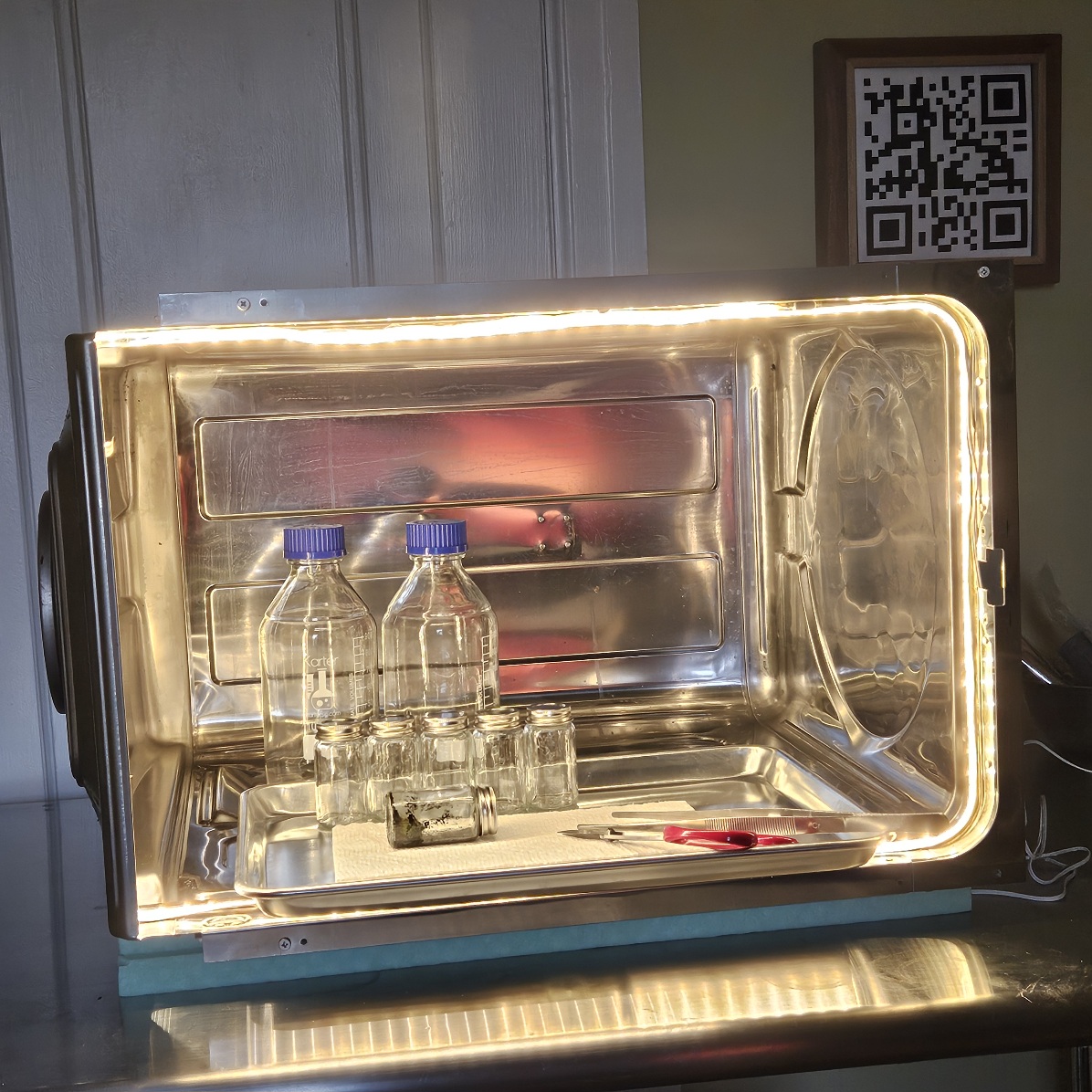
Benzylaminopurine (6-BAP) Solution 1mg/1ml
Size 100ml
Kinetin Solution 1mg/1ml
Size 100ml
Magenta Vessel ga-7
Danger Cactus Culture Media Recipe ( Coconut / Aloe )
Medium Target PH 5.7-5.8
Table sugar 1/8 cup
Tap water 1 cup
Fertilizer Stock 1 cup of
Inositol tablet (250mg) ½ tablet
Crushed Vitamin tablet with thiamine ¼ tablet
Crushed Agar flakes 2 tablespoons
Coconut Water: A natural source of cytokinins and other growth factors, coconut water can enhance cell division and growth, potentially reducing the need for synthetic growth regulators. It also contains vitamins, amino acids, and minerals that can support overall plant health. Incorporating coconut water might allow for reductions in synthetic fertilizers and vitamins.
Aloe Vera: Known for its healing and anti-inflammatory properties, aloe vera can also benefit plant tissue culture by promoting growth and reducing contamination risks. It contains growth hormones like auxins and gibberellins, which can help in callus formation and development. Aloe vera gel or extracted solution can be added to the medium as an organic additive to support growth.
Cut back from 3% sugar to 2% for rooting.
General Notes:
Reduce the amount of synthetic fertilizer: With the addition of coconut water and aloe vera, you may reduce the amount of synthetic fertilizer, as both provide natural nutrients and growth factors.
Consider the concentration of coconut water and aloe vera: Start with a lower concentration (e.g., 10-20% of the total volume for coconut water and 5-10% for aloe vera gel or extract), and adjust based on the observed effects on callus growth and development.
Adjust sugar concentration if necessary: Depending on the growth response, the sugar concentration might need tweaking, as coconut water also contains natural sugars.
Monitor the pH: Both coconut water and aloe vera can affect the medium's pH, so adjust the pH to the desired level (usually around 5.7-5.8) after adding all components.
Experiment with small batches: Given the variability in tissue culture responses across different plant species, it's wise to start with small experimental batches to fine-tune the concentrations and ratios for the best growth outcomes.
By incorporating coconut water and aloe vera, you're aiming to leverage their natural beneficial properties to support and enhance callus formation and growth. However, precise adjustments should be based on the specific needs of the plant species and the outcomes of initial experiments.
Explore the Full ArticleOur Garden on Youtube.com ...
https://www.youtube.com/@dopecactus/featured
Follow exciting highlights from the Danger Cactus Collection on YouTube.
Connect with us on social media to send inquiries and feedback.
